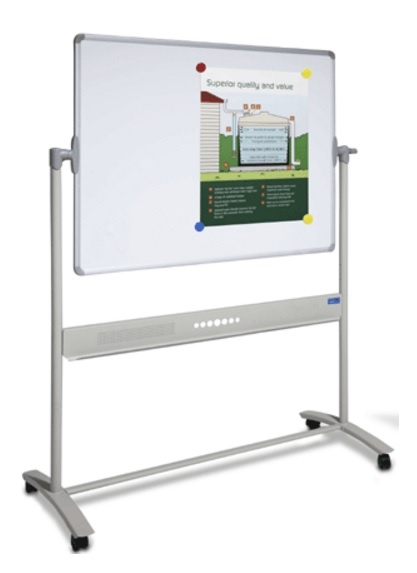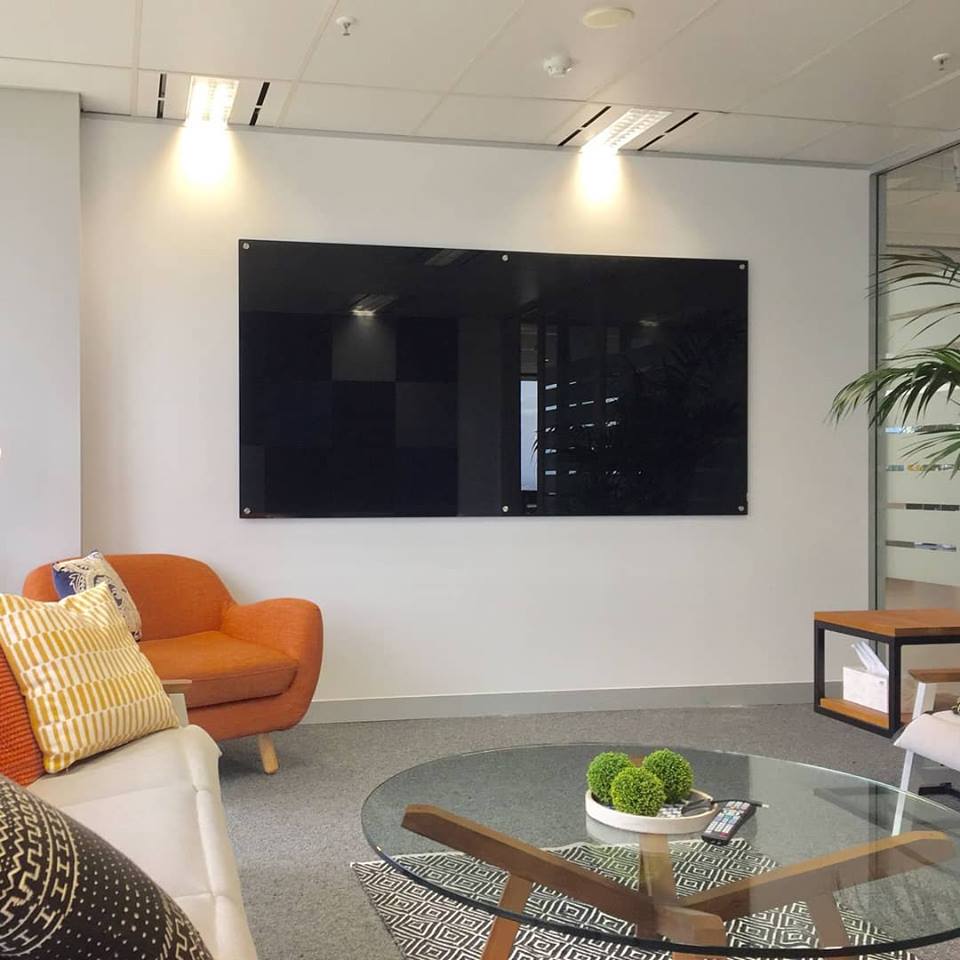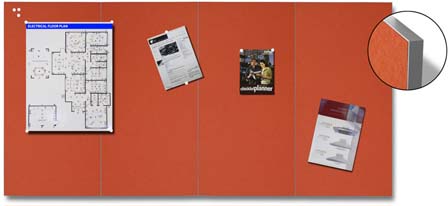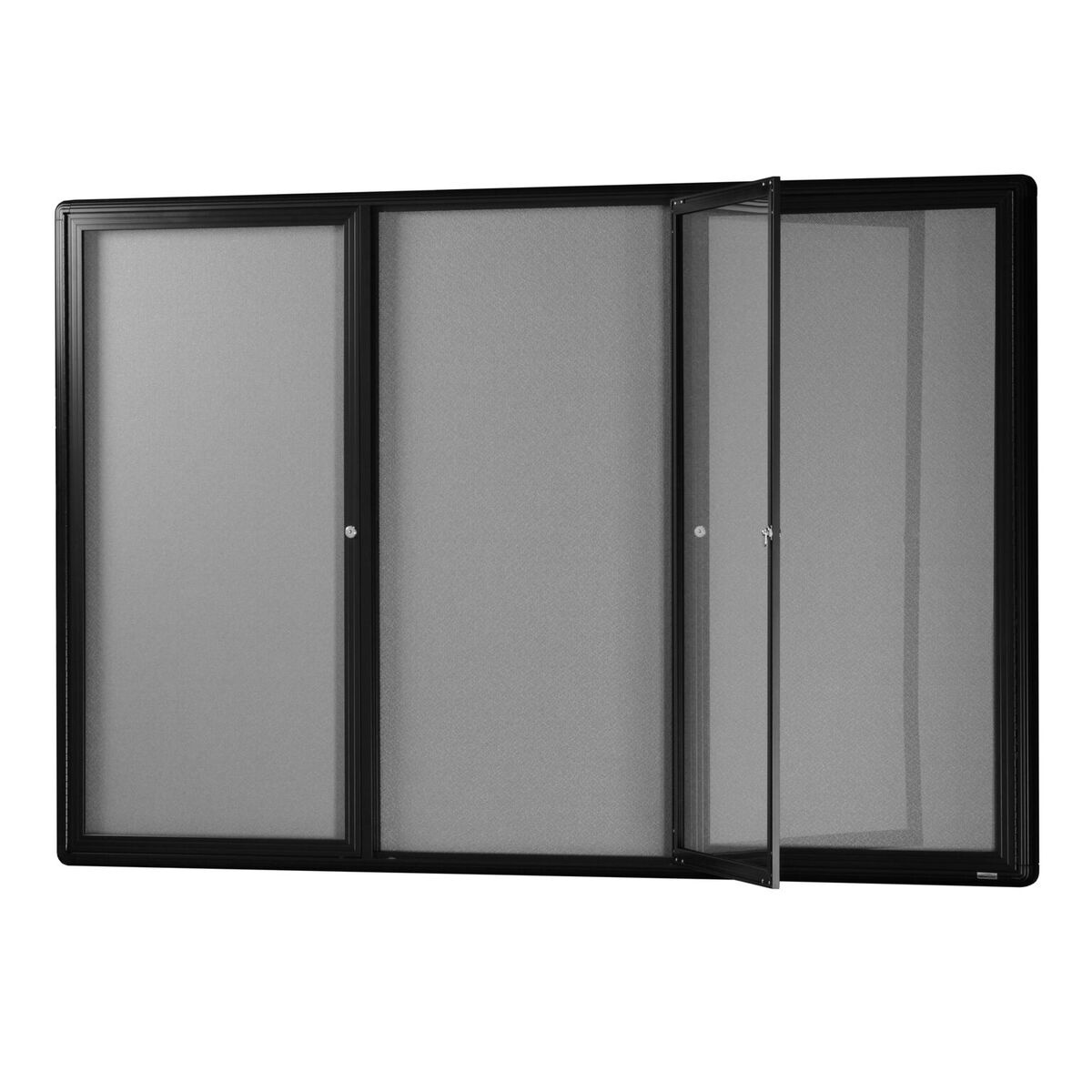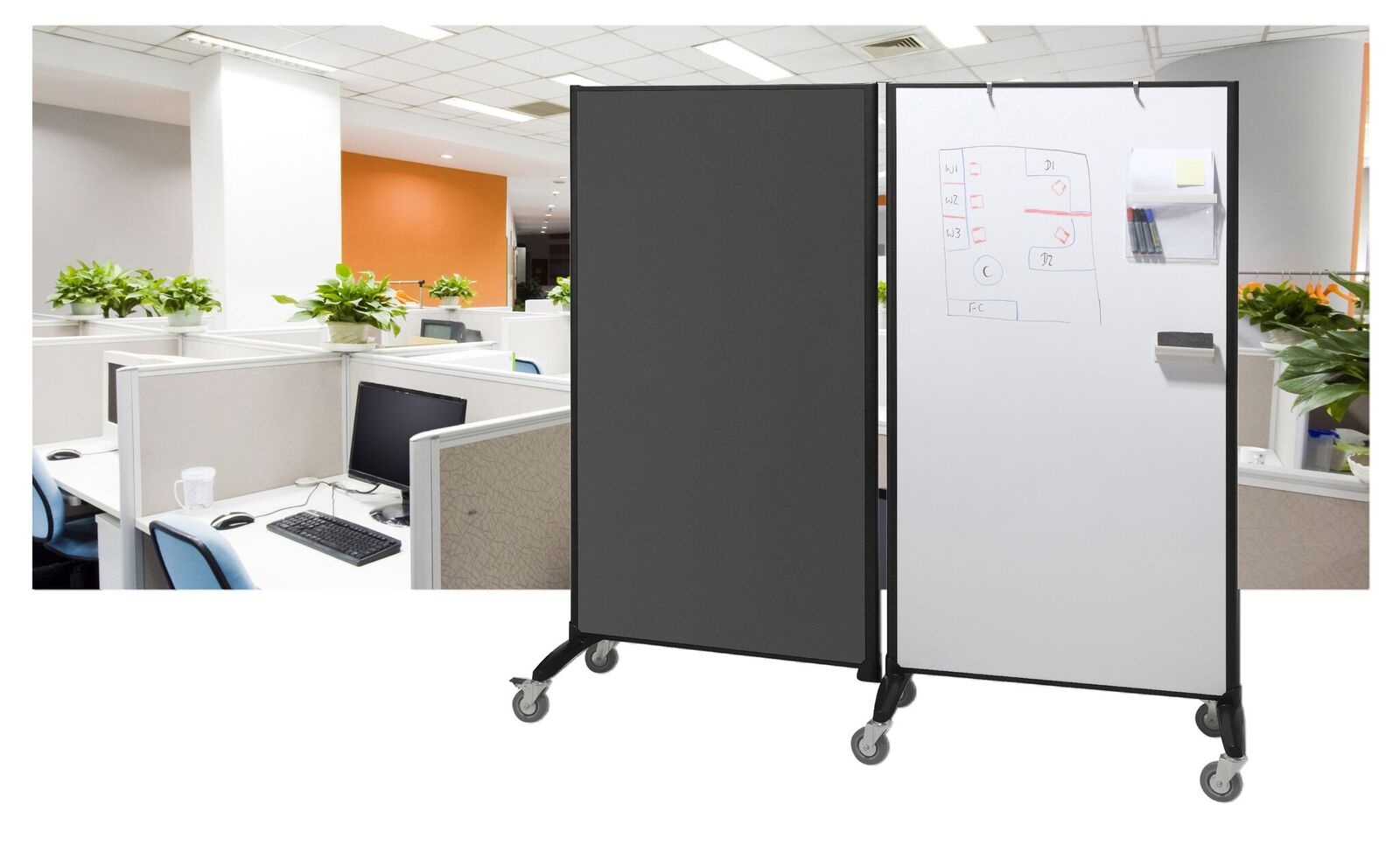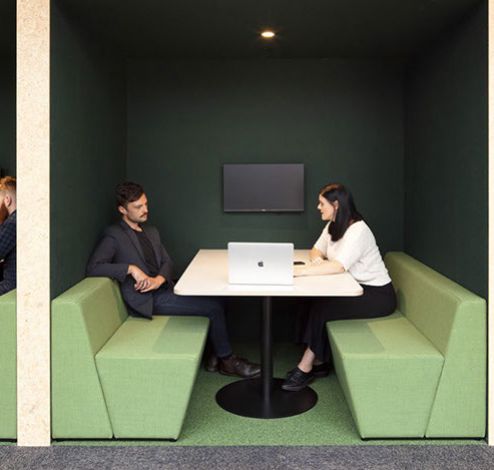Glass whiteboards are versatile and aesthetically pleasing, but the upsides don’t stop there. The simple act of writing on a whiteboard can have physical and mental benefits. No, really!
From handwriting to visual thinking: here’s how a writing glass board can boost your learning, teaching, problem-solving and cognition.
White Board Glass encourage visual thinking
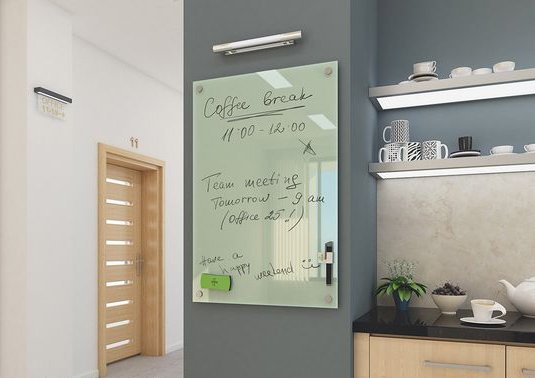
Visual thinking is the act of intentionally harnessing the brain’s visualisation system to solve complex problems that are resistant to other modes of thought.
Essentially, it’s putting your visual neo-cortex to work, helping you find solutions that are otherwise elusive. The act of “drawing out the problem” has been the unsung hero of many a progress meeting.
You’ve probably seen this too: all eyes on the person helming the whiteboard marker as they break complex issues down to smaller, more easily tackled parts. Deep and/or subtle relationships between parts become magically clear. There’s a neurological reason this happens.
We humans are visual creatures. Our brains process images 60,000 times faster than we process text. Furthermore, 90% of all the information transmitted to our brain is visual in nature.
Using a writing glass board is a way to access the visual thinking mode that is the cognitive superpower of our species.
So, the next time you have a problem you just can’t crack, try sketching it out on the nearest glass whiteboard. Just the act of representing it visually will be a step in the right direction.
Handwriting and the glass writing board
In our digital age, handwriting has fallen a little out of favour. Gone are the days of making handwritten notes in a notepad. Instead, we type (or tap) notes into our laptops, tablets or phones.
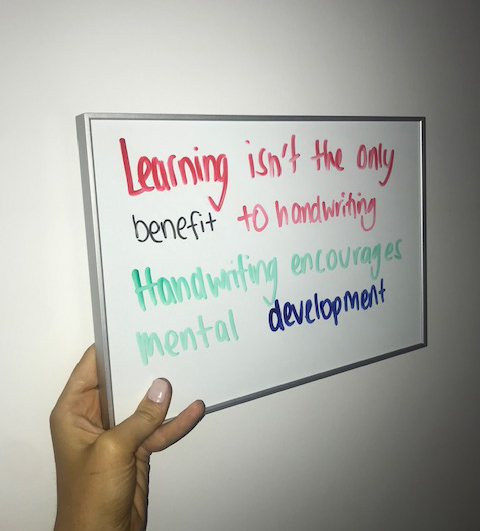
But exactly how much has this trend towards digitising our notetaking affected the way we learn?
A lot, according to a recent notetaking study published in the Journal of Psychological Science. Using a classroom as a case study, the experiment measured the outcome of two modes of notetaking: typing on a laptop and longhand writing.
The study found that taking handwritten notes boosts the ability to recall information. It also has an effect on how the subject conceptualises and understands the material in question.
Longhand notetaking out-performed typed notetaking even when the students were given the opportunity to study their notes for a week before being tested. What’s even more interesting is that the digital notetakers took more notes than those who wrote their notes, but did not perform as well as the scribblers.
This study indicates that the physical act of handwriting helps with memory and conceptual understanding. And the best part? You can leverage this brain hack with the humble glass board for teaching.
Glass whiteboards invite conceptual learning, not just through visualising data, but also through the physicality of writing on them.
Handwriting encourages mental development - That's why we recommend a glass board for teaching
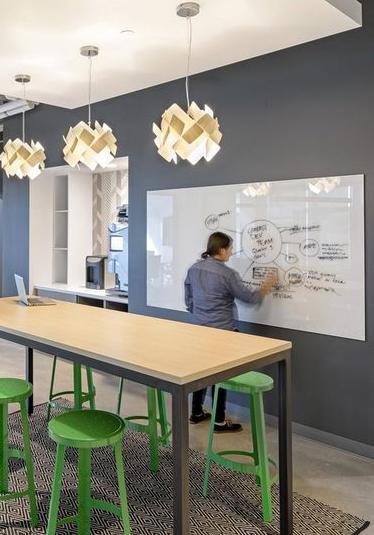
Learning isn’t the only benefit to handwriting! As typing becomes more and more ubiquitous, attention is being paid to the effects of lower rates of handwriting on behavioural and cognitive development. The results are interesting ... to say the least.
Studies show that the self-generated mechanics of drawing letters can actually improve cognition. A study at the Indiana University conducted brain scans on pre-literate children before and after learning different lettering structures.
The kids who practiced self-generated printing by hand - that is, they physically wrote the letters - demonstrated far more advanced neural activity than the children who’d just looked at the letters.
The study also showed that the brain’s “reading circuit” - the linked regions of our brain that light up during reading - was activated while handwriting, but not while typing.
Essentially, physical handwriting plays a part in our early development. It can literally forge new pathways in our brain.
The simple act of kids writing on a classroom’s glass writing board can improve neural activity, encourage categorisation skills and boost learning.
Colour boosts performance
Let's face it, one of the best parts of writing on a glass whiteboard is getting to colour code everything. Well, it turns out there’s a reason for this tendency to reach for every colour of whiteboard marker whenever you have to take notes.
The journal Communications of the ACM published work that found taking coloured notes improves recall time of tables, pie charts and bar graphs. The same study found that the accuracy of that recall was also improved by the use of colour. Colour is also quoted as being ‘a very effective performance factor’ when used in a structured way.
How can you leverage this human tendency toward colour coding? Don’t hold back your instinct to colourise your whiteboard notes. Which isn’t to say ‘make everything rainbow’: no, use too much colour and the benefits cancel out.
Here are some good go-tos for your next whiteboard meeting:
Green
There’s a scientific reason why being out in nature makes you feel better and, no, it’s not just because you’re not at work. The colour green has a low electromagnetic wavelength and promotes restfulness and calm. This, in turn, improves your efficiency and focus.
So, the next time you need to concentrate on a taxing problem, try reaching for a green whiteboard marker. It might just be the calming influence you need to see the issue through to a resolution.
Orange
Orange is a mood-lifter in every sense of the word. In fact, some theorists argue that the colour actually increases the oxygen supply to your brain. Increases in neural oxygenation act as a mental stimulant, leading you to feel invigorated and ready to tackle problems.
Yet, as the saying goes, with great power comes great responsibility. If you’re prone to over-stimulation, leave warmer tones like orange and red out of your notetaking arsenal.
Blue
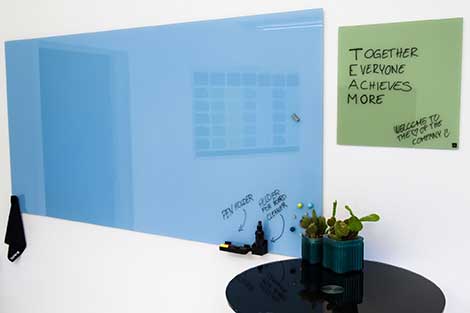
Blue is the colour of learning. It helps with reading comprehension and aids with concentration. It’s also a naturally calming colour, making its use when tackling complex problems particularly apt.
Many colour psychologists recommend blue pens for notetaking on particularly intellectual or ‘high concept’ work. This should be balanced, though, with warmer colours, like orange. This helps keep you stimulated rather than calming you entirely.
Red
Red is an urgent colour. It should be used sparingly. Particularly in a classroom atmosphere, red can do more harm than good. That said, it’s a great attention-getter, and, when paired with calmer colours, can encourage action and enthusiasm.
Glass whiteboards can bring workplaces together
You have probably heard of the ‘watercooler effect’ where a deeper sense of cohesion and understanding results when people who hold mutual goals gather informally around some activity hub.
Far from a waste of office time, these interactions give measurable boosts to productivity. Some studies found the increase is up to 15%.
What does all this have to do with glass whiteboards? Well, an office whiteboard set up solely for staff to gather, linger and leave handwritten messages for each other is a perfect activity hub. These boards can also serve as notice boards, which encourage their own forms of office collaboration.
Conclusion: Glass writing boards have a slew of benefits
Glass whiteboards aren’t just a pretty face. Their use as writing boards, problem-solving canvases and as office ‘interaction hubs’ have proven physical and mental benefits. Whether you’re breaking down a complex equation, brainstorming your next campaign or encouraging literacy - the humble white board glass can help with all of it.
Looking to harness the hidden power of writing on a humble glass whiteboard? JustBoards can help.
Great service, great prices and Australia-wide delivery to your door. Call us today on 1800 654 917 or send an email to info@justboards.com.au
